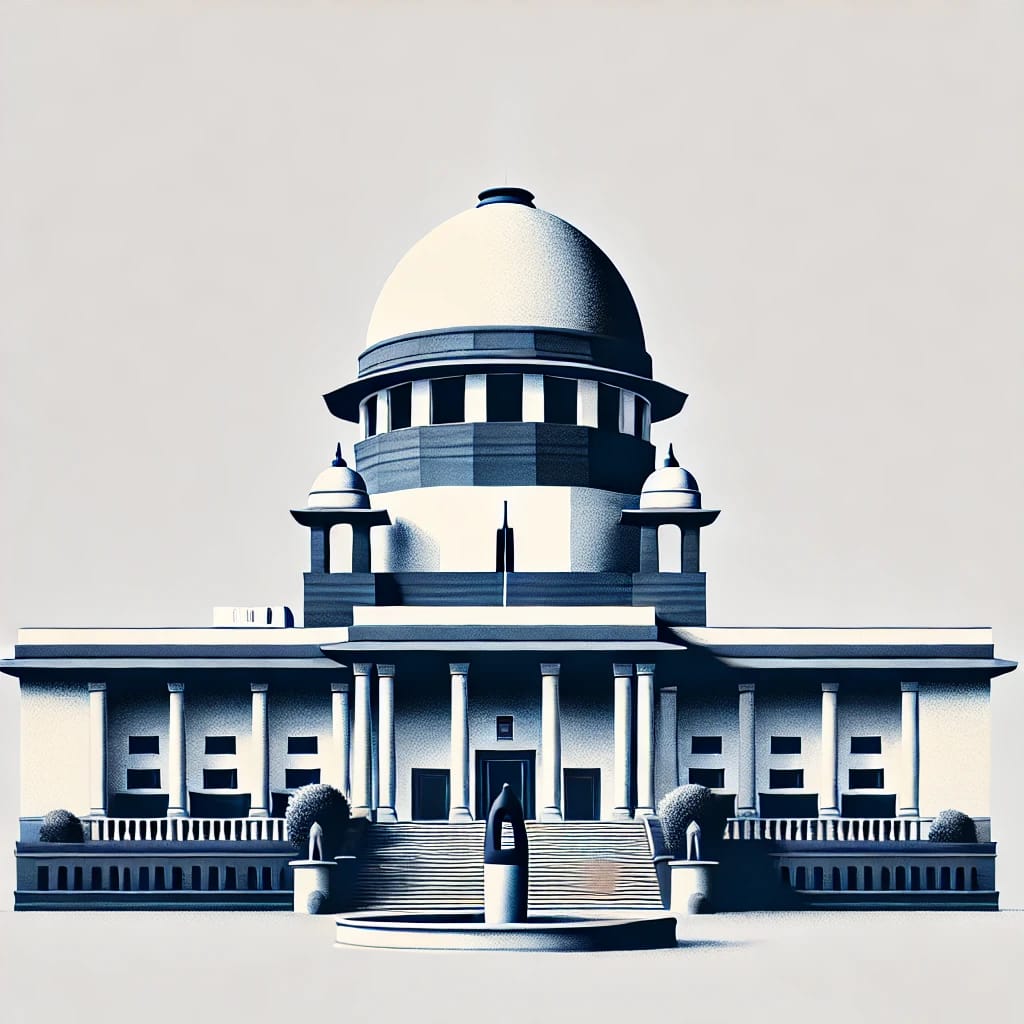
Supreme Court Dismisses PIL to Scrap TDS System, Calls It “Badly Drafted”
Introduction: Supreme Court Rejects PIL Against TDS System
On Friday, January 25, 2025, the Supreme Court of India dismissed a Public Interest Litigation (PIL) seeking to abolish the Tax Deducted at Source (TDS) system under the Income Tax Act. The PIL, filed by advocate Ashwini Upadhyay, argued that the TDS framework is “manifestly arbitrary, irrational, and violative of various fundamental rights.”
The Court refused to entertain the plea, with Chief Justice of India (CJI) Sanjiv Khanna calling it “very badly drafted.” The bench suggested that the petitioner approach the Delhi High Court for redress. CJI Khanna remarked, “Sorry, we will not entertain it. It is very badly drafted. However, you can move the Delhi High Court.” The Court also pointed out that the TDS system is a widely practiced mechanism in many countries.
Key Arguments in the PIL
The PIL challenged the legality of the TDS system, terming it “arbitrary and irrational.” The petitioner argued that it infringes on fundamental rights, including the right to equality as enshrined in the Indian Constitution.
The petition claimed that the TDS framework imposes undue hardship on taxpayers by requiring the payer (deductor) to deduct and deposit taxes at the source, which are later adjusted against the payee’s tax liability. The petitioner also contended that the system violates principles of natural justice and transparency.
The petition named the following respondents:
- Union of India
- Ministry of Law and Justice
- Law Commission of India
- NITI Aayog
Understanding the TDS System
The TDS mechanism plays a crucial role in India’s tax collection framework. Under this system:
- The payer (deductor) must deduct a specified percentage of tax before making payments to the recipient (deductee).
- The deducted amount is then deposited with the Income Tax Department.
- This amount is credited against the payee’s total tax liability.
By collecting taxes directly from the source of income, the TDS system helps reduce tax evasion and ensures efficient tax collection.
Supreme Court’s Decision and Observations
In dismissing the PIL, the Supreme Court emphasized that TDS is a globally recognized practice for efficient tax collection. The Court refrained from evaluating the system’s legality, noting that the petition was poorly drafted. CJI Khanna advised the petitioner to seek a more refined approach by approaching the Delhi High Court.
While the Supreme Court’s decision closed this particular case, the petitioner still has the option to pursue the matter in a different forum.
Conclusion: Significance of the TDS System
The Supreme Court’s rejection of this PIL highlights the importance of presenting well-drafted and substantiated arguments in legal cases, particularly those involving constitutional and tax law challenges. Although the petition to scrap the TDS system was dismissed, the issue may still be revisited in other judicial forums.
For now, the TDS system remains a vital part of India’s income tax framework, promoting transparency and compliance among taxpayers.
